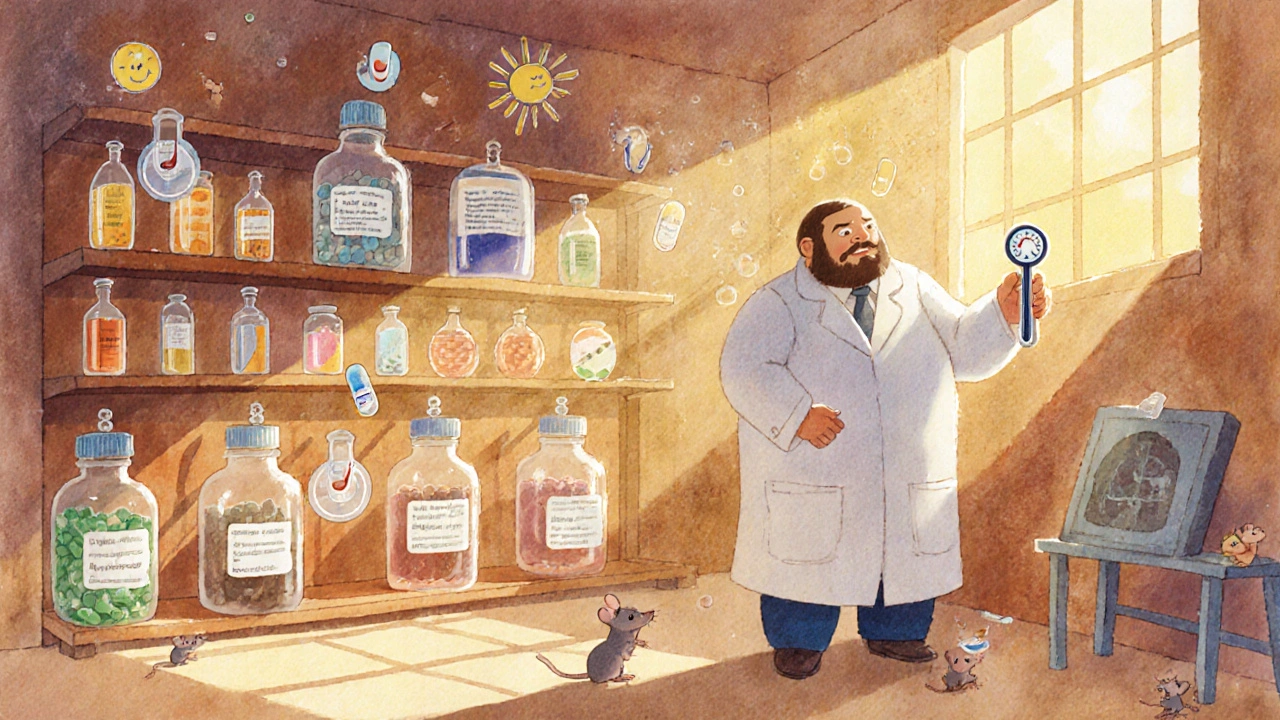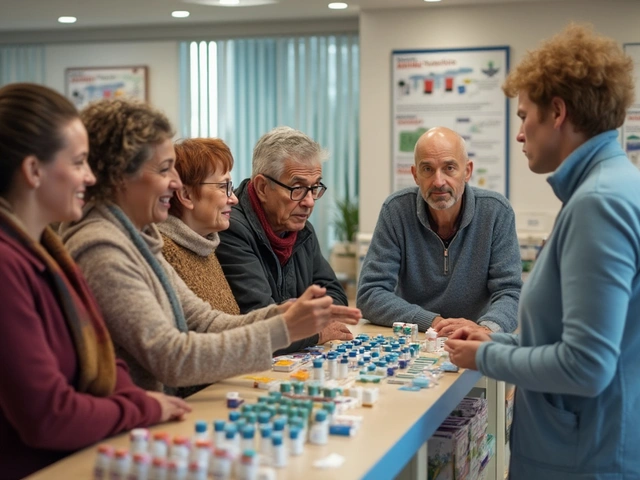Shelf Life: How Long Your Medications Really Last and What Happens When They Expire
When you see an expiration date on your medicine bottle, it’s not just a marketing trick—it’s a science-backed deadline. Shelf life, the period during which a medication remains safe and effective under specified storage conditions. Also known as drug stability period, it’s determined by rigorous testing that tracks how the active ingredients break down over time. That date isn’t arbitrary. Manufacturers test pills, liquids, and injections under real-world heat, humidity, and light to see when potency drops below 90% or when harmful byproducts start forming. After that point, your medicine might not work as well—or worse, it could become unsafe.
Storage conditions, how and where you keep your meds, directly impact shelf life. A bottle of insulin left in a hot car or amoxicillin stored in a steamy bathroom can degrade fast, even before the printed date. Heat, moisture, and sunlight are the biggest enemies. That’s why your prescription label says to keep things in a cool, dry place—not the medicine cabinet above the sink. Even something as simple as leaving a bottle open can let air in and speed up chemical breakdown. And don’t assume refrigeration always helps. Some medications, like certain eye drops or suppositories, can become less effective or even damaged if frozen or chilled too long.
Expired medicines, drugs used past their labeled shelf life. are a common problem. People keep old antibiotics, painkillers, or allergy meds "just in case." But taking expired drugs isn’t like eating stale bread. Some lose strength—your headache pill might not touch the pain. Others, like tetracycline antibiotics, can turn toxic. Insulin, epinephrine auto-injectors, and nitroglycerin are especially dangerous if they’ve degraded. If you’re unsure, don’t guess. Check with your pharmacist. They can tell you if a drug is still viable or if it’s time to replace it.
Shelf life isn’t just about the bottle. It’s tied to how you use your meds. Traveling? A week in a hot suitcase can ruin your blood pressure pills. Moving? Storing meds in a garage or attic is a bad idea. Even the type of container matters—blister packs protect better than loose bottles. And if you’ve had a medication for years, even if it’s not expired, ask your doctor if it’s still right for you. Health needs change. So do drug formulations.
What you’ll find below are real, practical guides on how shelf life affects everything from insulin on a road trip to how dairy interferes with osteoporosis drugs, why some pills need to be taken on an empty stomach, and how storage errors can turn life-saving meds into useless ones. These aren’t theory pieces—they’re from people who’ve been there, from travelers managing time zones to patients juggling multiple prescriptions. You’ll learn what really happens when a drug passes its prime, how to spot signs of degradation, and how to protect your health by getting the most out of every pill, patch, or spray.
18
Stability Testing: Long-Term Quality Monitoring Post-Manufacture in Pharmaceuticals
Stability testing ensures pharmaceutical products remain safe and effective over time. Learn how real-time and accelerated testing, ICH guidelines, and regulatory requirements protect patients from degraded or unsafe medications.
Latest Posts
Popular Posts
-
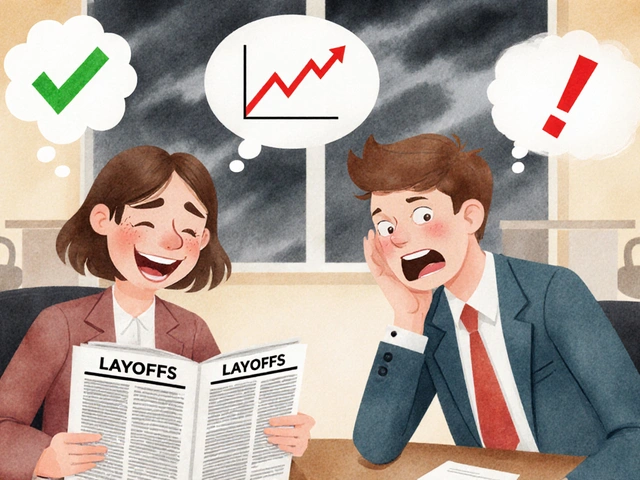 Cognitive Biases: How Your Beliefs Shape What You Say and Do
Cognitive Biases: How Your Beliefs Shape What You Say and Do
-
 Blue Light and Eye Health: Screen Filters and Habits That Actually Work
Blue Light and Eye Health: Screen Filters and Habits That Actually Work
-
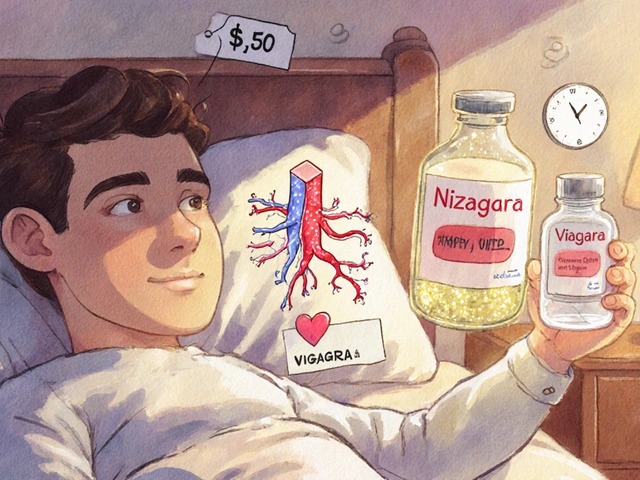 Compare Nizagara (Sildenafil) with Other ED Medications: What Works Best?
Compare Nizagara (Sildenafil) with Other ED Medications: What Works Best?
-
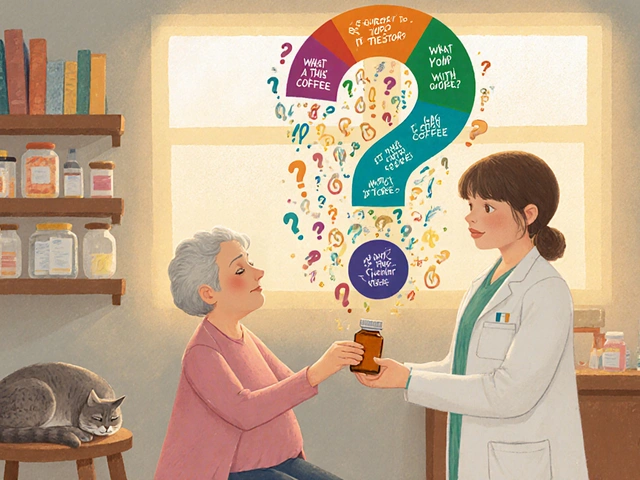 Questions to Ask Your Pharmacist About Prescription Medications
Questions to Ask Your Pharmacist About Prescription Medications
-
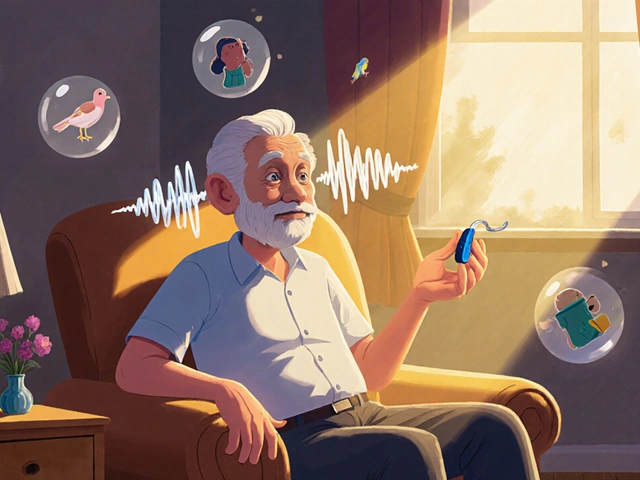 Age-Related Hearing Loss: Understanding Presbycusis and Effective Amplification Strategies
Age-Related Hearing Loss: Understanding Presbycusis and Effective Amplification Strategies
